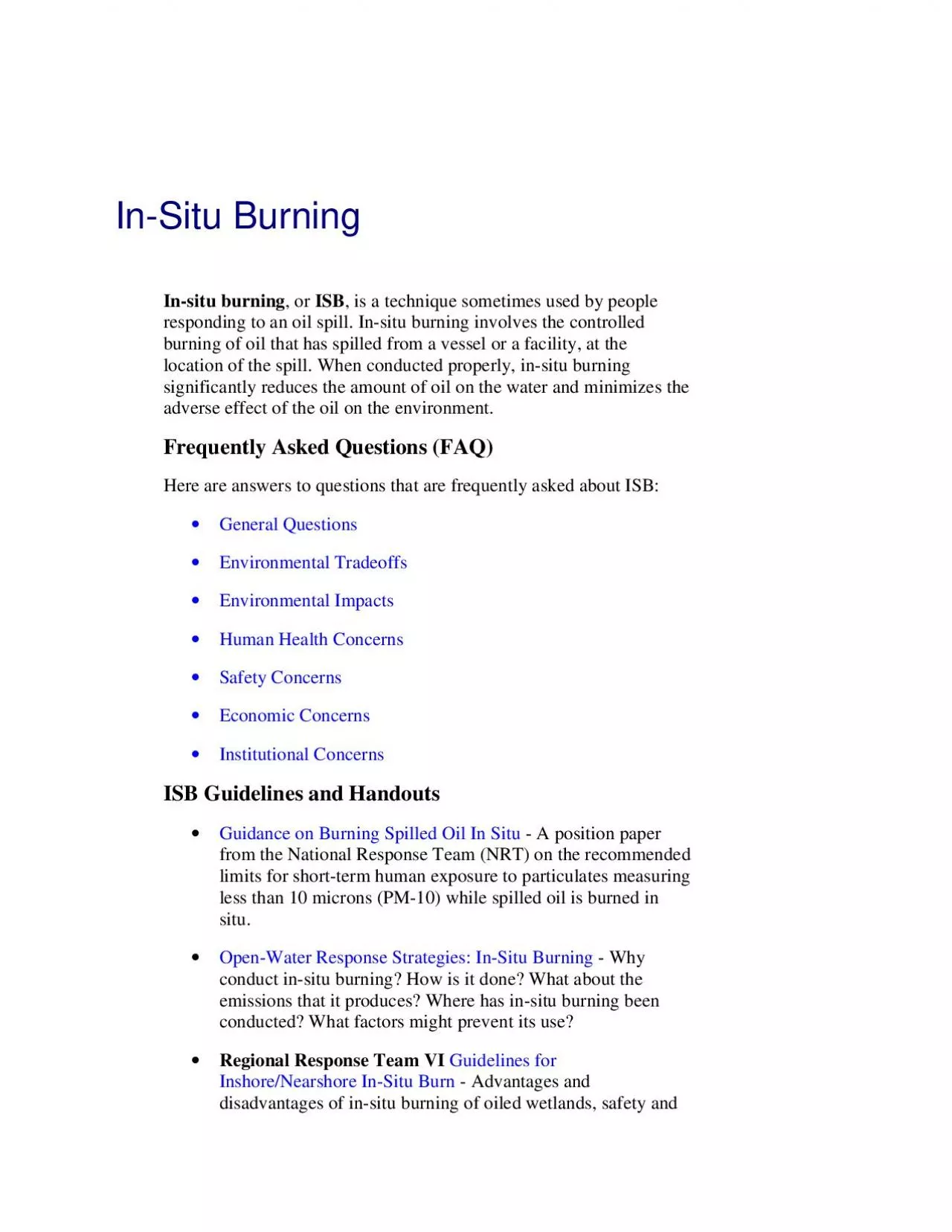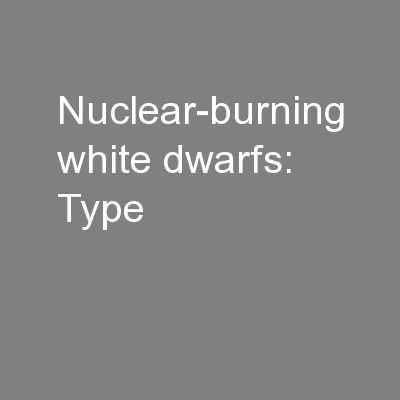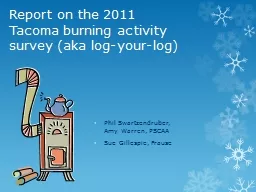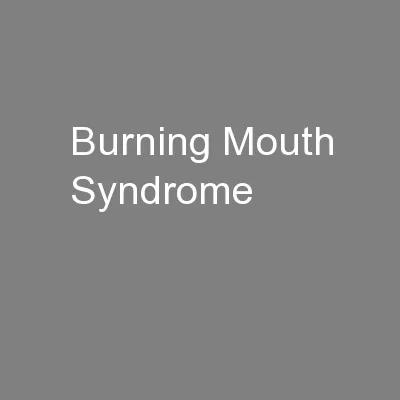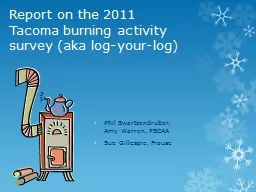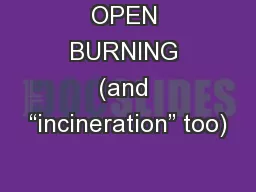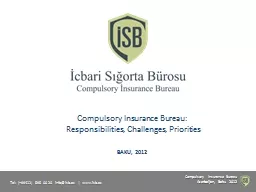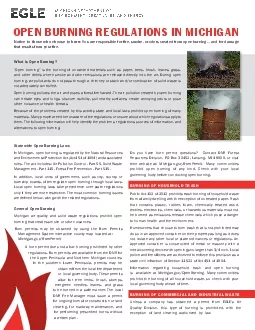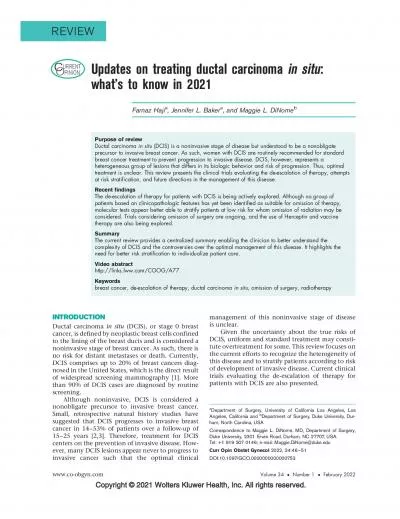PDF-InSitu BurningInsitu burning or ISB is a technique sometimes used
Author : catherine | Published Date : 2022-10-28
operational guidelines and a checklist for insitu coastalwetland burns InSitu Burn Unified Command Decision VerificationChecklist This checklist created with input
Presentation Embed Code
Download Presentation
Download Presentation The PPT/PDF document "InSitu BurningInsitu burning or ISB is a..." is the property of its rightful owner. Permission is granted to download and print the materials on this website for personal, non-commercial use only, and to display it on your personal computer provided you do not modify the materials and that you retain all copyright notices contained in the materials. By downloading content from our website, you accept the terms of this agreement.
InSitu BurningInsitu burning or ISB is a technique sometimes used: Transcript
Download Rules Of Document
"InSitu BurningInsitu burning or ISB is a technique sometimes used"The content belongs to its owner. You may download and print it for personal use, without modification, and keep all copyright notices. By downloading, you agree to these terms.
Related Documents

